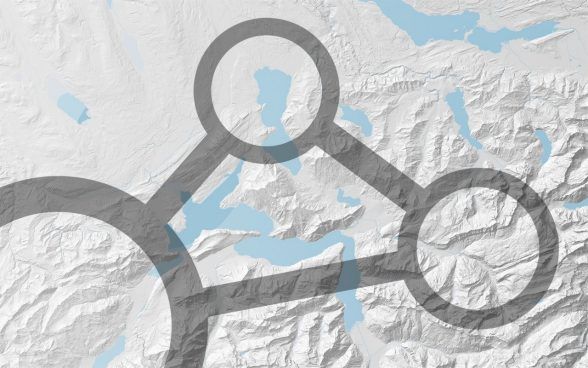Linked Data Service: linking geodata
Linked data refers to using the Web to connect related data that were not previously linked. The data are identified, shared and referenced by Uniform Resource Identifier (URI). The Resource Description Framework (RDF) and the underlying standards like SPARQL are used to encode and link the data.
Description
RDF is a W3C standard enabling to formulate statements about Web resources. Resources are described via statements composed of a subject a predicate and an object, thus RDF statements are called triples. The subject and the predicate in a triple are usually URIs, while the object can be either an URI or a literal value. RDF triples are stored in a Triples Store and exposed via a so called SPARQL Endpoint.
The main benefits of this approach are:
- Data is given a context (the resources are semantically tagged)
- Data is linked
- Data is on the web (findable and reusable)
Query and browse the data
Data can be queried with SPARQL. SPARQL is the query language for RDF, the same way SQL is for relational databases.
The link to the SPARQL Endpoint of the Federal Spatial Data Infrastructure can be accessed at https://geo.ld.admin.ch/sparql/.
Example queries
- Top 5 populated municipalities
- Administrative units at point 7.43, 46.95
- Districts by Canton and Year
- All versions of a resource by URI
- Corresponding resources in Wikidata and Geonames (Municipalities)
Available datasets
The following datasets of the Federal Spatial Data Infrastructure are currently available as Linked Data:
Datasets (https://geo.ld.admin.ch/datasets/?lang=en)


